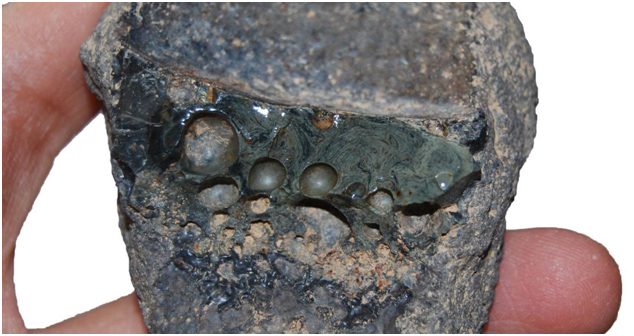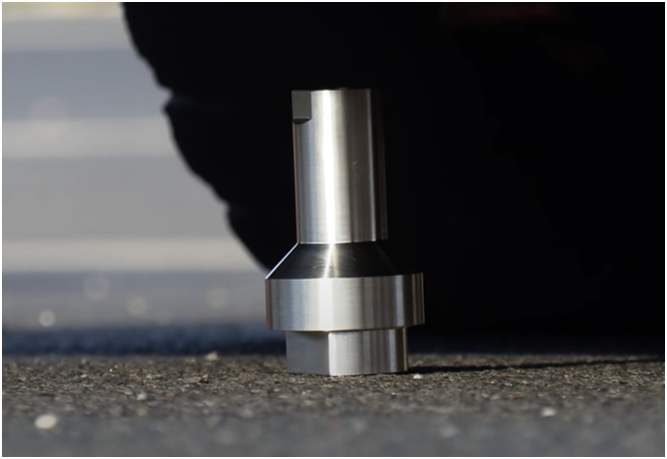
Charles R. Goulding and Peter Favata consider stainless steel, from a thousand years ago to today’s 3D printable offerings.
Stainless steel has been used since the early 1900s for many purposes including but not limited to culinary use, surgical tools, architecture, and automotive parts. Stainless steel is used because it can last for a lifetime without degrading or rusting.
Recently it has been found that the production of a precursor of stainless steel possibly dates back thousands of years (pictured above).
Ancient Persians forged alloys made from chromium steel as early as the 11th century CE. It has been discovered that the addition of chromium mineral resulted in the production of low chromium steel. This material would be similar in terms of its properties to modern stainless steel, providing tools with increased strength.
There is a noteworthy amount of crucible steel objects found in museums around the world. As the ancient Persians seemed to have discovered the precursor to stainless steel, we are now discovering how to 3D print stainless steel.
3D Printing Stainless Steel

Siemens has had great success with 3D printing metals. With their new machine, they have been able to 3D print replacement parts with the same strength that traditional manufacturing would produce. This is a huge improvement as durability was a notorious issue for 3D printed metals for many years. Recently, Siemens able to produce stainless steel front axles for an OpenRC car using only additive manufacturing. They then tested the strength by placing 1.5 tons on the small part with no damage done to it. With the success of this part, it is no surprise Siemens will be integrating more additive manufacturing into everyday activities.
The Research & Development Tax Credit
Whether it’s used for creating and testing prototypes or for final production, 3D printing is a great indicator that R&D credit-eligible activities are taking place. Companies implementing this technology at any point should consider taking advantage of R&D Tax Credits.
Enacted in 1981, the now permanent Federal Research and Development (R&D) Tax Credit allows a credit that typically ranges from 4%-7% of eligible spending for new and improved products and processes. Qualified research must meet the following four criteria:
- Must be technological in nature
- Must be a component of the taxpayer’s business
- Must represent R&D in the experimental sense and generally includes all such costs related to the development or improvement of a product or process
- Must eliminate uncertainty through a process of experimentation that considers one or more alternatives
Eligible costs include US employee wages, cost of supplies consumed in the R&D process, cost of pre-production testing, US contract research expenses, and certain costs associated with developing a patent.
On December 18, 2015, President Obama signed the PATH Act, making the R&D Tax Credit permanent. Since 2016, the R&D credit can be used to offset Alternative Minimum Tax (AMT) or companies with revenue below $50MM and, startup businesses can obtain up to $250,000 per year in cash rebates that can be applied directly to payroll taxes.
Conclusion
The production methods of metals have come a long way since the ancient Persians. With advancements in 3D printing technology, metals becomes more assessable to a mass market. Now, companies can take advantage of R&D Tax Credits for additive manufacturing activities that result in new or improved products and processes.
